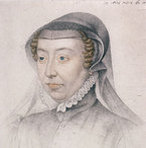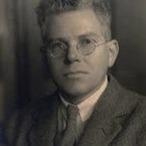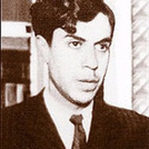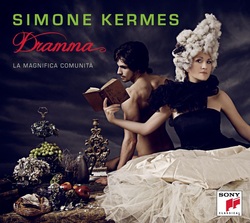 Dramma Dramma Following on from the success of her wonderful Colore d'Amore album, which featured the original Bononcini version of "Ombra mai fu," German coloratura soprano Simone Kermes brings more forgotten Baroque gems back from obscurity and into the light of the 21st Century Baroque revival. With two thirds of the music receiving its world premier recording, Dramma (named after the 18th Century inscription found on opera librettos) is definitely another major step forward in our understanding of the music of this exciting and virtuosic era. The Baroque singers who performed this music were the superstars of their day, with the castrato Caffarelli earning enough money to buy a Dukedom! The explosive start to the album is provided by the sensational "Per trionfar pugnando" from Giuseppe De Majo's Arianna e Teseo. Kermes takes the already demanding two-and-a-half octave vocal range, A3 to D6, and adds multiple ornaments above the stave, including her trademark E6. Her movement throughout the long lines of coloratura is as accurate as ever, and Kermes brings an increased smoothness to the lower passagio. The nod to the vinyl era at the beginning of the aria was a nice touch. Below is the fiendish cadenza, repeated twice throughout the aria, running across the three registers from F#5 down to A3, then up to D6. (The cadenza is written on the C "Soprano" Clef, which puts middle C on the first line of the stave, hence all notes are written two tones higher than if they were on the G clef). Several other Baroque composers are given the Kermes treatment on the album. The talented Johan Adolf Hasse, whose admirers included Alessandro Scarlatti, J. S. Bach and Haydn, is represented by two complementary arias. "Fra cento affanni e cento" from Artaserse is typical Hasse: fast, demanding and utterly entertaining - I look forward to seeing her perform this live in concert! The beautiful "Consola il genitore" from "L'Olimpiade" is an altogether different beast. Its high tessitura, long phrases and gentle triplets make it a most difficult piece to sing, yet so rewarding when sung correctly, as it is here. Below is one of the high triplet phrases, rising to C6, again on the C clef. The rapid staccato intervals of Leonardo Leo’s “Son qual nave in ria procella” from Zenobia in Palmiraare a perfect vehicle for Kermes' coloratura soprano. The end of the A section has a wonderful bouncing ascending line from Bb3 to Bb5, to which a D6 is added in the Da Capo. The equally challenging "Sul mio cor" from Pergolesi's Adriano in Siria has Kermes dancing across the registers with ease. Opening with a two octave descending phrase, the vitality of the piece contrasts nicely with the tender, sparsely orchestrated B-section, which Kermes treats with delicate intimacy. Particularly noteworthy is the phrase "Io potrei del tuo rossore." Another Adriano in Siria, this time by Geminiano Giacomelli, gives us the aria "Se non ti moro a lato." This is a much gentler piece, containing Giacomelli's trademark extended phrases which tax the singer by their demands on the breath, rather than by their athleticism. Handel's "Lascia ch'io pianga" fromRinaldo requires even greater control, precision and sustained piano and pianissimo singing to impress - qualities which Kermes delivers with style. I was worried about the inclusion of both this aria and Porpora's "Alto Giove," as they have been performed many times before, but Kermes manages to bring something new to the table in both cases. The rest of the arias on the CD are taken from the works of Nicola Porpora, the teacher of Farinelli, Caffarelli and Porporino. The beautiful "Alto giove" from Polifemo is intelligently and intuitively performed by Kermes, who adds a simple yet chilling ornament to the start of the Da Capo. Hermessa di voce in the initial vowel of the aria is excellent. The wide intervals and long lines of perfectly executed rapid coloratura in "Vedra turbato il mare" (Mitridate) call up the raging torrents of the sea, while the stark, exposed vocal line in "Tace l'augello" from Agrippina is full of melancholic longing.
"Le limpid'onde" from Ifigenia in Aulide is the token "Pastorale" on the album. Kermes uses some intense dynamic effects which provide added colour to the simple piece, with some sublime moments in the Da Capo. Lastly, Kermes presents us with two arias from Il Germanico. The first, "Empi se mai disciolgo," is a fast and furious aria which Kermes blasts through with gusto and fire. The coloratura is taken at breakneck speed, which makes the aria even more thrilling. The final aria on the album is "Serba, serba, costante, costante" which, while not as demanding as some of the arias, nevertheless leaves one with a wonderful upbeat feeling: a fitting end to this fantastic album.
0 Comments
Your comment will be posted after it is approved.
Leave a Reply. |
Archives
October 2014
Categories
All
|
MOST VIEWED POSTS
© James Edward Hughes 2013


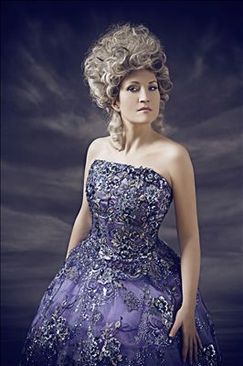


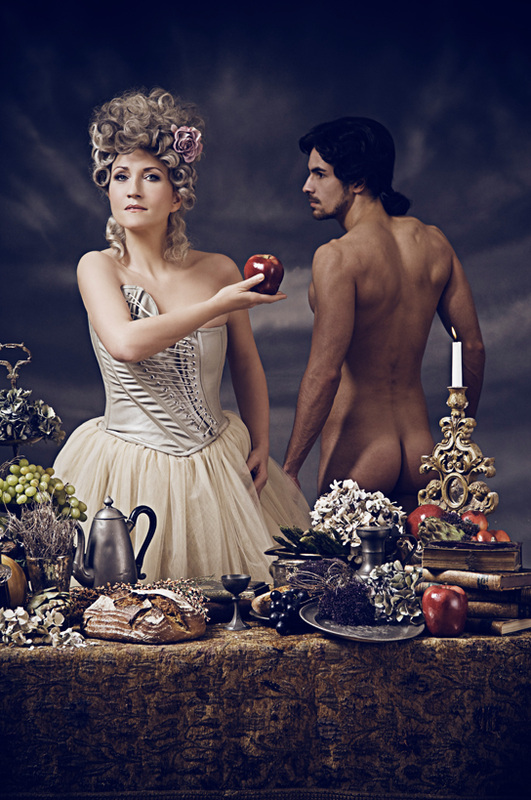

 RSS Feed
RSS Feed
